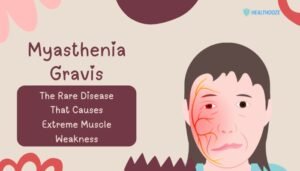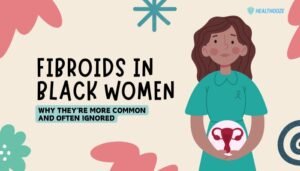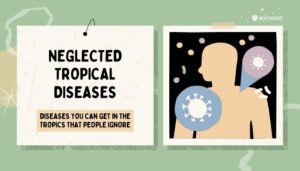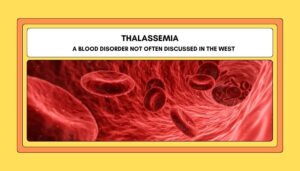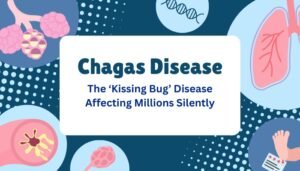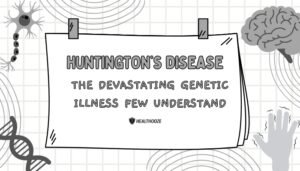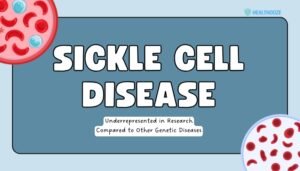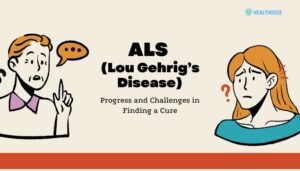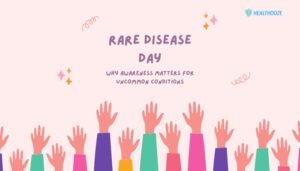Myasthenia Gravis: The Rare Disease That Causes Extreme Muscle Weakness
Introduction Myasthenia gravis (MG) is an autoimmune disorder that disrupts the communication between nerves and muscles, resulting in debilitating muscle weakness. Despite being rare, MG significantly impacts quality of life, with simple tasks—like blinking or swallowing—becoming daunting. Over recent decades,...
Read MoreVitiligo: The Skin Condition Beyond the Michael Jackson Myth
Introduction When pop icon Michael Jackson attributed his changing skin tone to vitiligo, it sparked widespread speculation and rumor. Yet, vitiligo is a real autoimmune condition impacting millions globally—not a cosmetic choice or “bleaching” procedure as often misconstrued. Marked by...
Read MoreFibroids in Black Women: Why They’re More Common and Often Ignored
Introduction Uterine fibroids, also known as leiomyomas, are benign tumors that develop within or on the uterus. Although fibroids can appear in any person with a uterus, Black women in particular face disproportionately high rates of occurrence, earlier onset, and...
Read MoreNeglected Tropical Diseases: Diseases You Can Get in the Tropics That People Ignore
Introduction In many parts of the world, especially tropical and subtropical regions, millions of people suffer from infectious conditions that remain largely underreported and underfunded. These illnesses—collectively known as Neglected Tropical Diseases (NTDs)—include a wide range of parasitic, viral, and...
Read MoreThalassemia: A Blood Disorder Not Often Discussed in the West
Introduction Thalassemia is a group of inherited blood disorders that affect the body’s ability to produce hemoglobin—an iron-rich protein in red blood cells responsible for carrying oxygen. People with thalassemia often experience chronic anemia, fatigue, and may require lifelong treatment,...
Read MoreChagas Disease: The ‘Kissing Bug’ Disease Affecting Millions Silently
Introduction Chagas disease, also known as American trypanosomiasis, is a parasitic illness predominantly found in Latin America but increasingly recognized in other parts of the world. Transmitted mainly through the bite of the Triatomine insect—colloquially known as the “kissing bug”—Chagas...
Read MoreHuntington’s Disease: The Devastating Genetic Illness Few Understand
Introduction Huntington’s disease (HD) is an inherited neurodegenerative disorder that gradually affects a person’s ability to move, think, and regulate their emotions. Named after American physician George Huntington, who first described it in the late 19th century, the condition typically...
Read MoreSickle Cell Disease: Underrepresented in Research Compared to Other Genetic Diseases
Introduction Sickle cell disease (SCD) is one of the most prevalent hereditary blood disorders worldwide, affecting millions of people across Africa, the Middle East, India, the Caribbean, and other regions. Yet, despite being more common globally than many other genetic...
Read MoreALS (Lou Gehrig’s Disease): Progress and Challenges in Finding a Cure
Introduction Amyotrophic Lateral Sclerosis (ALS), also known as Lou Gehrig’s disease, is a progressive neurodegenerative condition that affects the nerves controlling voluntary muscles. Named after the famous baseball player Lou Gehrig, who was diagnosed in the 1930s, ALS leads to...
Read MoreRare Disease Day: Why Awareness Matters for Uncommon Conditions
Introduction For many living with uncommon illnesses, a diagnosis can bring more questions than answers, with treatments often elusive and mainstream conversations largely absent. Rare Disease Day is observed each year to spotlight these lesser-known disorders, uniting patients, families, and...
Read More
